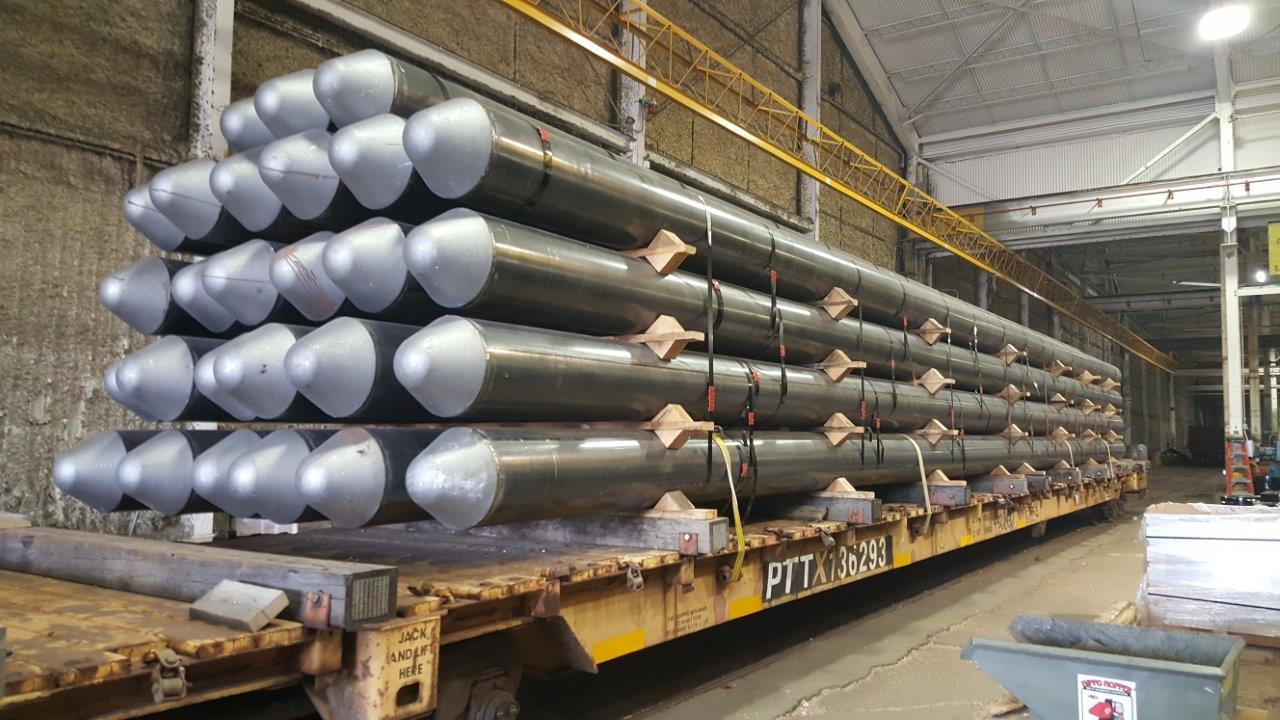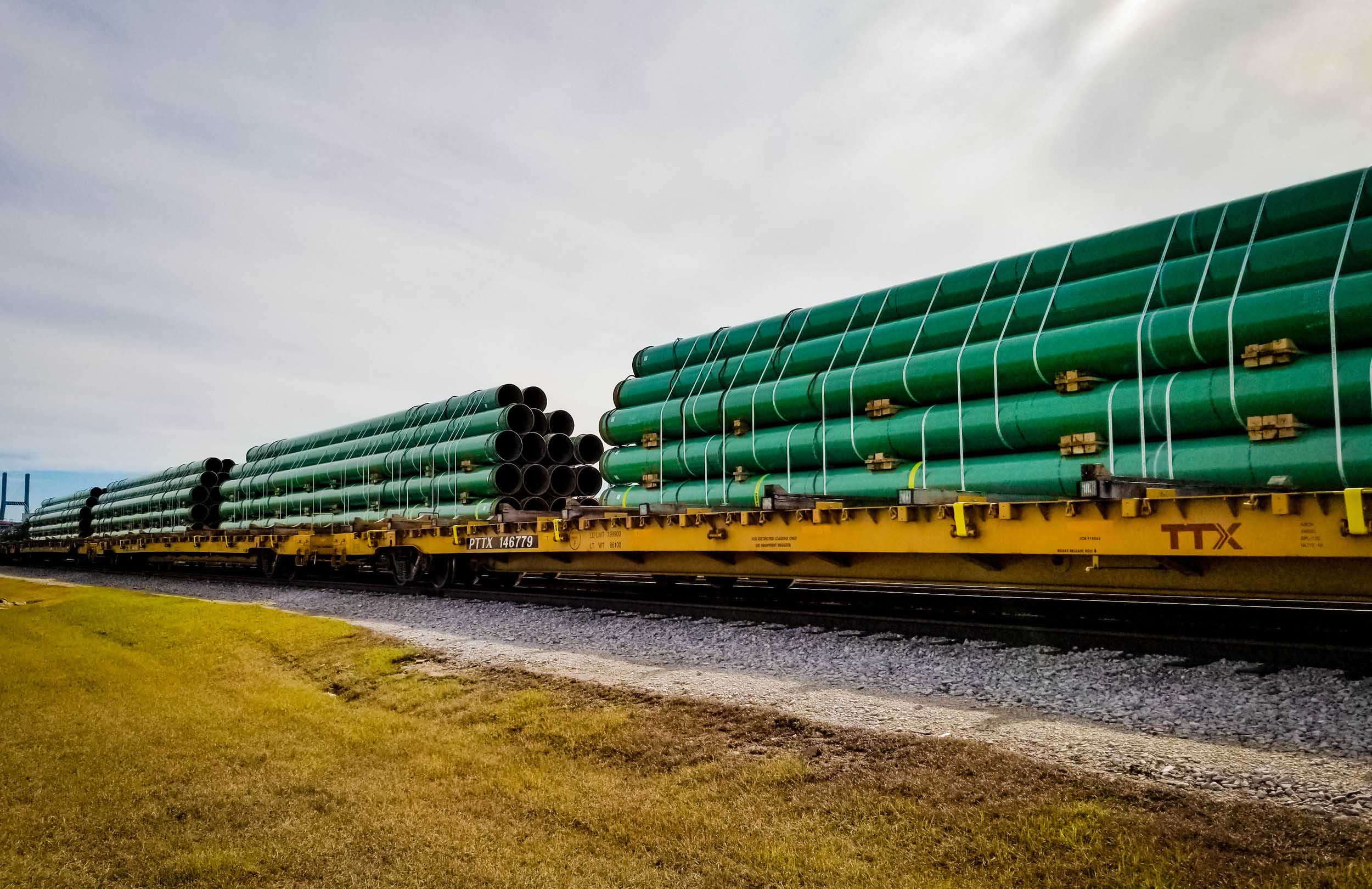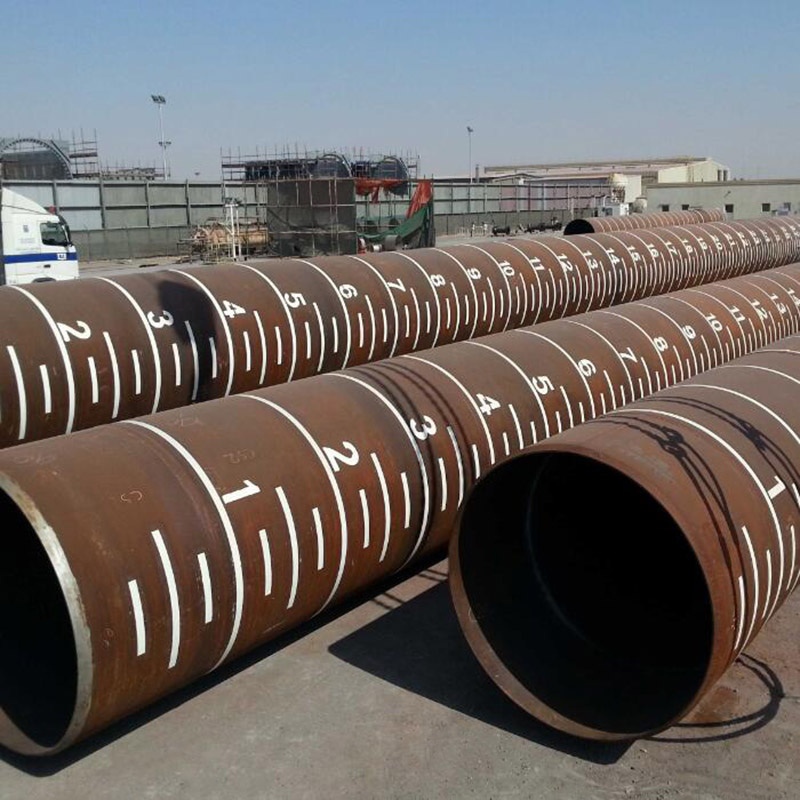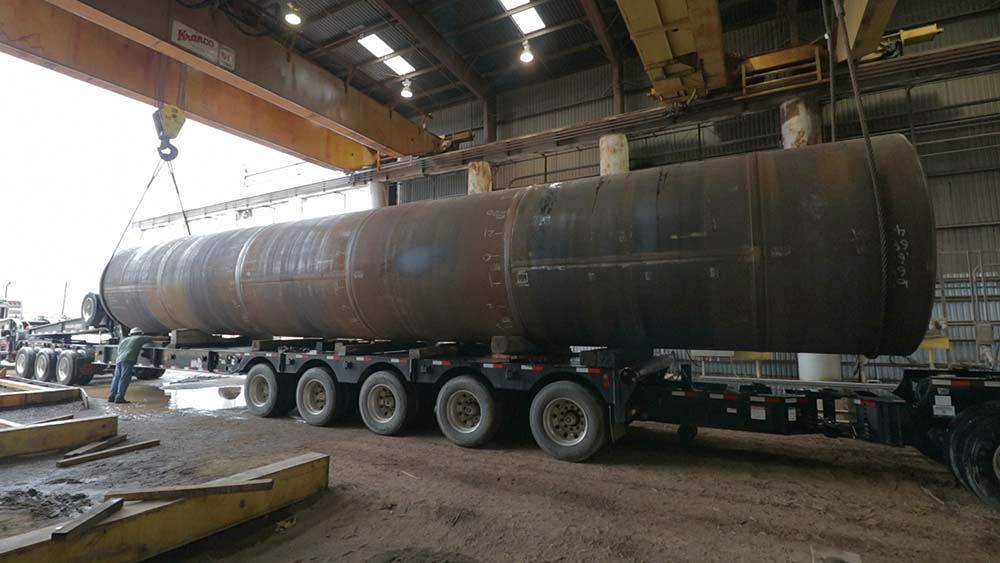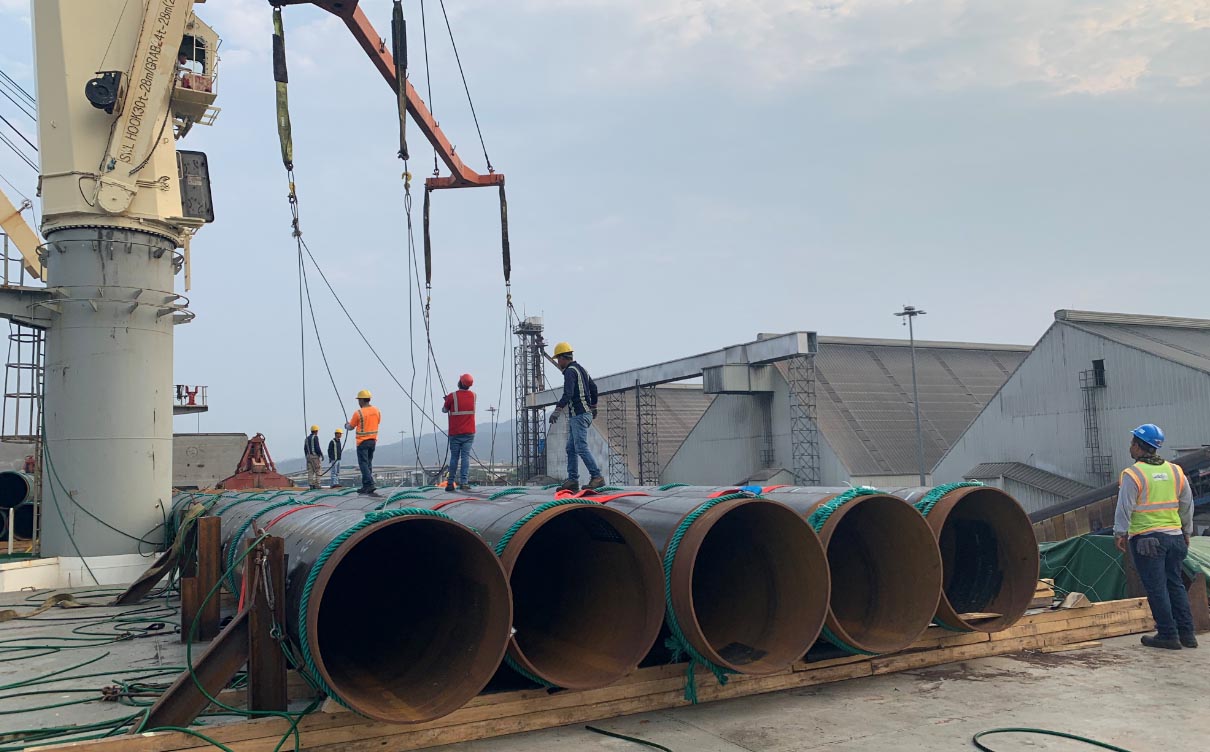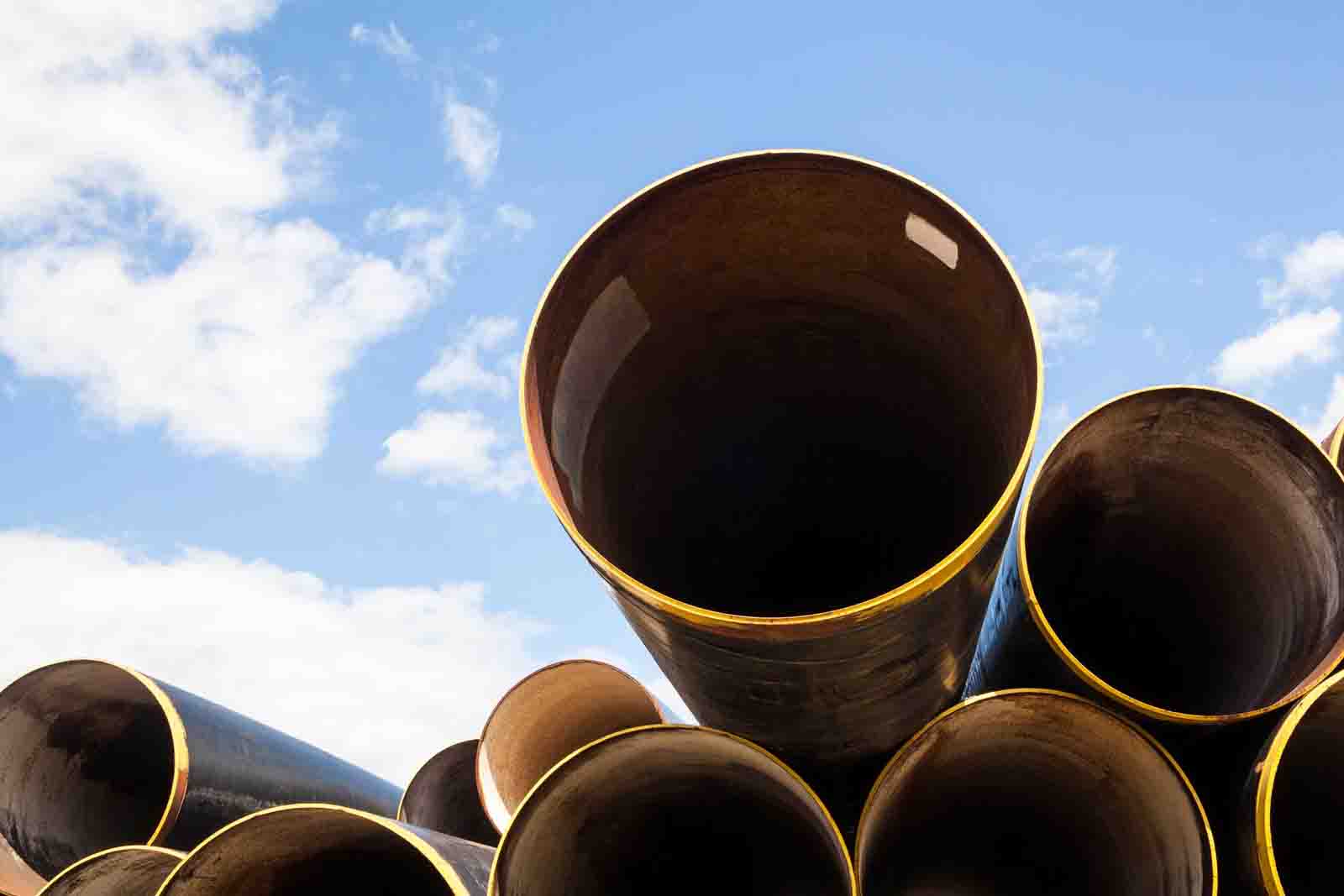Open-End Pipe Piles vs. Closed-End Pipe Piles: Understanding the Differences
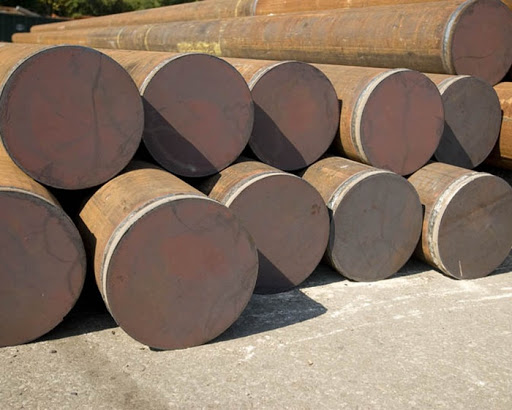
Introduction
When it comes to deep foundation construction, the selection of the right pile type is crucial for ensuring the stability and longevity of a structure. Two common types of foundation piles are open-end pipe piles and closed-end pipe piles. While they both serve the purpose of transferring loads to deeper soil layers, there are distinct differences between the two. In this comprehensive guide, we will delve into the dissimilarities between open-end and closed-end pipe piles, exploring their designs, applications, advantages, and considerations. By understanding these differences, you can make an informed decision when choosing the most suitable pile type for your construction project.
Open-End Pipe Piles
Design and Functionality
Open-end pipe piles, as the name suggests, have an open bottom that allows the soil to enter the pipe during installation. This design facilitates easy penetration into the soil and creates a plug at the bottom of the pile. The plug formed by the soil provides additional frictional resistance, enhancing the load-bearing capacity of the pile. Open-end pipe piles are typically made of steel or concrete and can vary in diameter and length depending on the project requirements.
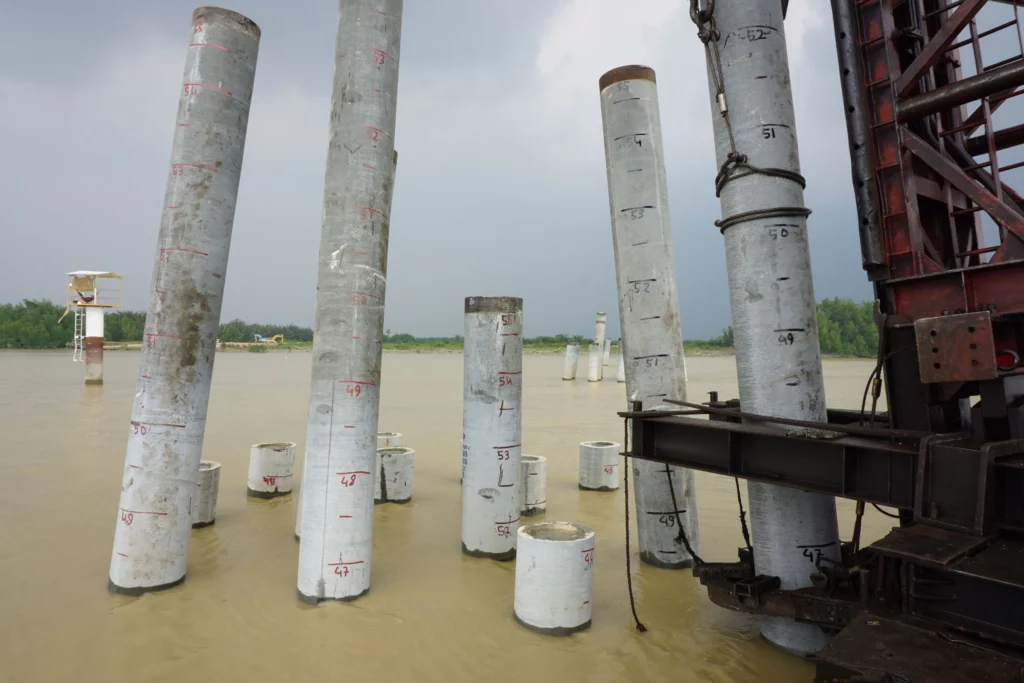
Applications
Open-end pipe piles are preferred in projects where the soil conditions are soft or loose. They are commonly used in marine environments, areas prone to settlement, and projects requiring soil improvement. The open-end design allows for efficient installation in challenging soil conditions, reducing both time and costs. Open-end pipe piles are suitable for a wide range of structures, including bridges, waterfront structures, buildings, and offshore platforms.
Advantages
Open-end pipe piles offer several advantages over closed-end pipe piles. Firstly, their open-end design allows for easy penetration into soft or loose soils, making them suitable for challenging soil conditions. Secondly, the plug formed at the bottom of the pile enhances the load-bearing capacity by increasing the frictional resistance. This additional capacity can help support heavy structures and mitigate settlement issues. Lastly, open-end pipe piles are cost-effective due to their efficient installation process, saving both time and resources.
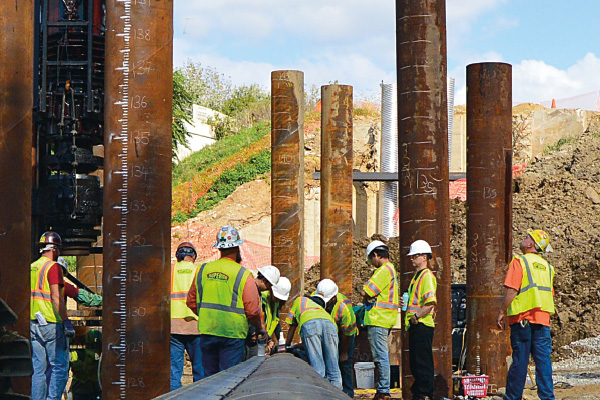
Considerations
While open-end pipe piles have numerous advantages, there are some considerations to keep in mind. The soil conditions must be carefully evaluated to ensure that the piles can penetrate to the desired depth and provide adequate support. In certain cases, the open-end design may result in soil disturbance or loss of soil during installation. It is important to consult with geotechnical engineers and pile specialists to assess the suitability of open-end pipe piles for a specific project and to determine the appropriate installation techniques.
Closed-End Pipe Piles
Design and Functionality
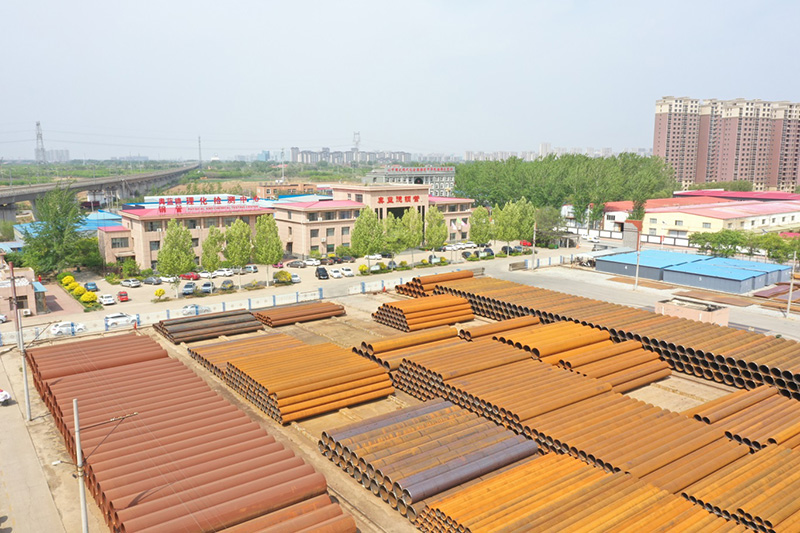
Closed-end pipe piles, in contrast to open-end pipe piles, have a sealed bottom that prevents soil from entering the pile during installation. This design ensures that the pile maintains its integrity and prevents soil disturbance. Closed-end pipe piles are commonly made of steel or concrete and can vary in diameter and length depending on the project requirements.
Applications
Closed-end pipe piles are preferred in projects where the soil conditions are cohesive or dense. The sealed bottom prevents soil from entering the pile during installation, making them suitable for cohesive soils, hard clays, or rocky formations. Closed-end pipe piles are commonly used in projects where soil disturbance or loss needs to be minimized.
Advantages
Closed-end pipe piles offer several advantages over open-end pipe piles. Firstly, the sealed bottom ensures that the pile maintains its integrity during installation, minimizing soil disturbance. This is particularly beneficial in cohesive or dense soil conditions where soil loss can compromise the stability of the pile. Secondly, closed-end pipe piles are suitable for rocky or hard soil formations, where open-end piles may face difficulties during installation. Lastly, closed-end pipe piles provide a reliable foundation solution for structures that require minimal settlement and soil disturbance.

Considerations
While closed-end pipe piles have their advantages, there are considerations to keep in mind. The soil conditions must be evaluated to ensure that the piles can penetrate to the desired depth and provide adequate support. It is important to consult with geotechnical engineers and pile specialists to assess the suitability of closed-end pipe piles for a specific project and to determine the appropriate installation techniques.
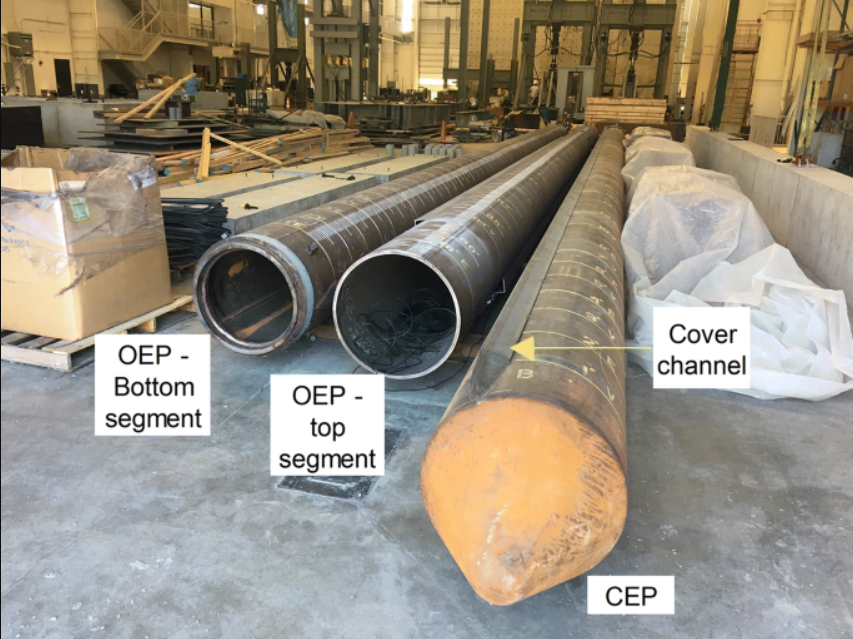
Conclusion
In conclusion, open-end pipe piles and closed-end pipe piles are two distinct types of foundation piles used in deep foundation construction. Open-end pipe piles are designed to allow soil to enter the pile during installation, creating a plug at the bottom that enhances the load-bearing capacity. They are suitable for soft or loose soil conditions and offer advantages such as easy penetration and cost-effectiveness. Closed-end pipe piles, on the other hand, have a sealed bottom to prevent soil from entering the pile during installation. They are suitable for cohesive or dense soil conditions and offer advantages such as minimized soil disturbance and suitability for rocky formations.
When selecting between open-end and closed-end pipe piles, it is crucial to consider the soil conditionsand the specific requirements of the project. Consulting with geotechnical engineers and pile specialists is essential to ensure the most suitable pile type is chosen.
By understanding the differences between open-end and closed-end pipe piles, you can make an informed decision that will contribute to the stability and longevity of your construction project. Whether you opt for the easy penetration and cost-effectiveness of open-end pipe piles or the minimized soil disturbance and suitability for cohesive soils of closed-end pipe piles, selecting the right pile type is crucial for a successful foundation.
Remember, deep foundation construction is a complex process, and it is always recommended to seek professional advice and expertise to ensure the best outcomes for your project.
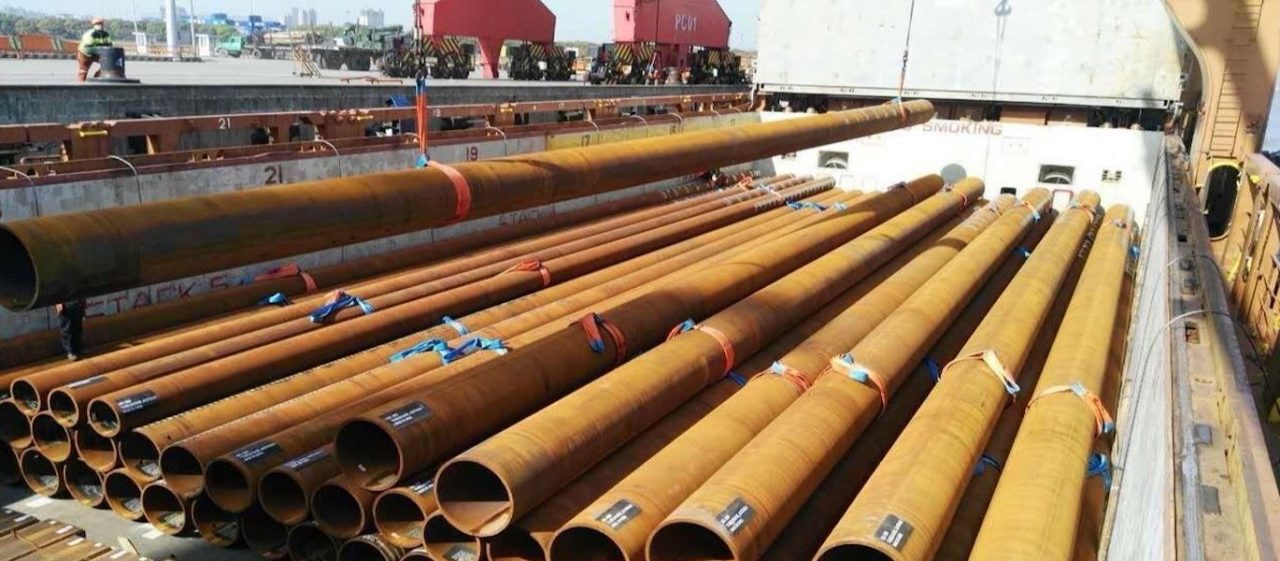
Q1: What is the purpose of open-end pipe piles?
A1: Open-end pipe piles are a type of foundation pile that serve multiple purposes. They are primarily used to transfer the load of a structure to a deeper and more stable soil layer. The open-end design allows for easy penetration into the soil and facilitates the installation process. Additionally, open-end pipe piles can also be used for soil improvement purposes, such as increasing the bearing capacity of weak or loose soils.
Q2: When are open-end pipe piles used?
A2: Open-end pipe piles are commonly used in various construction projects where deep foundation support is required. They are particularly suitable for projects in areas with soft or loose soils, as well as in marine environments. Open-end pipe piles are often employed in the construction of bridges, waterfront structures, offshore platforms, and buildings located in areas prone to soil settlement.
Q3: What are the advantages of using open-end pipe piles?
A3: Open-end pipe piles offer several advantages that make them a popular choice in deep foundation construction. Firstly, their open-end design allows for easy penetration into the soil, reducing installation time and costs. Secondly, they can be driven to significant depths, providing a strong and stable foundation for structures. Additionally, open-end pipe piles can improve the load-bearing capacity of weak or loose soils through soil densification. They are also resistant to corrosion, making them suitable for marine environments.
Q4: How are open-end pipe piles installed?
A4: The installation of open-end pipe piles typically involves driving the piles into the ground using a pile driver or hydraulic hammer. The open-end design allows the soil to enter the pipe during installation, creating a plug at the bottom of the pile. This plug helps to increase the bearing capacity of the pile. After installation, the pile is often filled with concrete to further enhance its strength and stability.
Q5: Are there any limitations or considerations when using open-end pipe piles?
A5: While open-end pipe piles offer numerous advantages, there are some limitations and considerations to keep in mind. The soil conditions must be carefully evaluated to ensure that the piles can penetrate to the desired depth and provide adequate support. In certain cases, the open-end design may result in soil disturbance or loss of soil during installation. It is important to consult with geotechnical engineers and pile specialists to assess the suitability of open-end pipe piles for a specific project and to determine the appropriate installation techniques.

